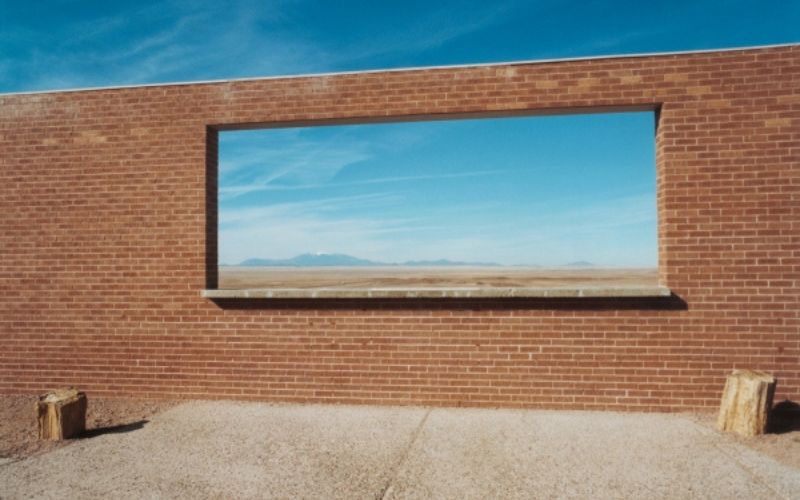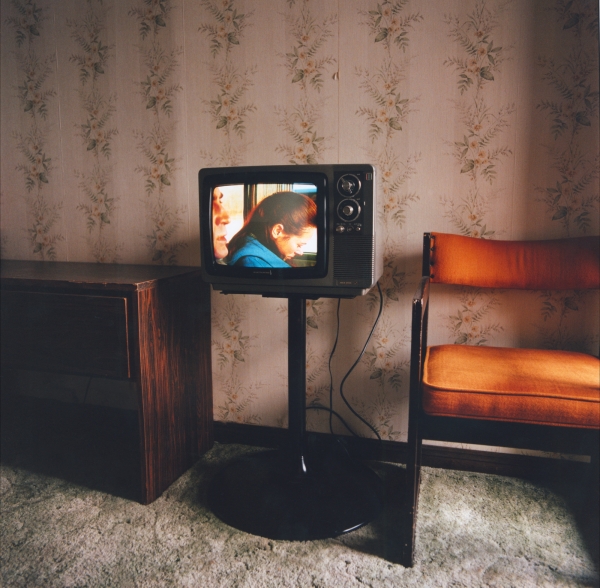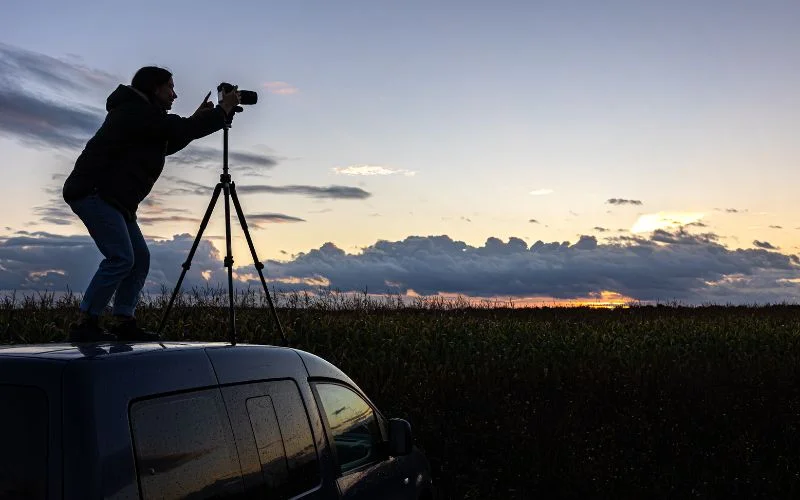Derek Shapton started his photography career shooting for record companies, taking photos that would become album artwork. This then lead to working for magazines and eventually landed him advertising/corporate work. But throughout this time — on the side — Shapton was developing an interest in documentary and landscape work. He was becoming inspired by the greats: Richard Misrach, William Eggleston, Joel Sternfeld, etc. Landscape photography had become a special muse.
It is worth noting that landscape photography has a way of getting under your skin — though not in a bad way — it’s more like electricity. When you see how imposing, or vulnerable, the world reveals itself to be, tiny shivers of wonder pulse down to every crevice of your being. Truly great landscape work, like that of Shapton’s, not only revitalizes your sense of place and worldliness, it also allows for a meditative moment — a chance to let your guard down and become aware that, in the scale of things, you’re just a tiny moment in a longstanding unwinding.
In this interview, Shapton talks how he became interested in landscape photography, explains his approach to shooting natural locations, and reveals why taking care of your feet may be the most important thing you do.
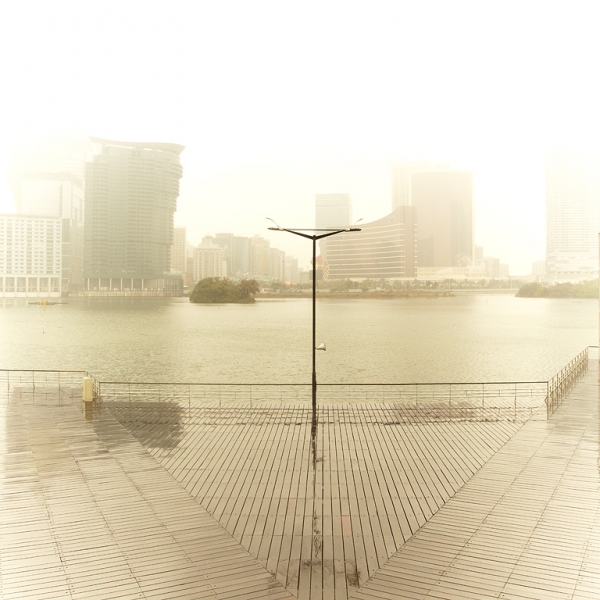
You’ve worked in portrait, advertising, and also landscape photography. How did you get your start? How would you describe your work?
I started out working with record companies! I knew a lot of people in bands when I was growing up and things kind of evolved naturally; portrait / publicity work for my friends led to album artwork photography, which led to magazine work which led to interest from photo reps which eventually led to corporate and advertising work. Along the way I developed an interest in documentary and landscape photography, I think partly as a reaction to the structured nature of a lot of my assignments. I’d describe my work now as a mix of subjects characterized by a common approach — I try to keep things as natural and straightforward as possible regardless of the subject matter.
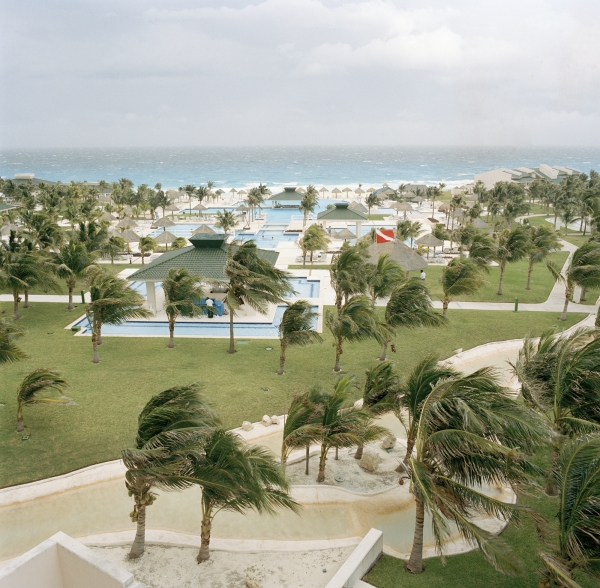
Parkades, Here, and Off Season seem to reflect on the interactions between human structures and natural transcendent power. What were your narrative aims behind these projects? Would you consider them landscape work?
I definitely consider them landscape work, yes, but landscape work with a documentary intent rather than just being scenic or “pretty”. There’s a strong tradition in “landscape” photography of images that concern themselves with social commentary, and observation (Richard Misrach, William Eggleston, Joel Sternfeld, etc.) and I get a lot of inspiration from that kind of work. As for narrative aim, I appreciate that Parkades, Here and Off Season all have that aspect to them, but I don’t really start out working with anything particular in mind. Themes tend to evolve naturally and it’s only after I have a few shots of a particular type that I start to notice them appearing. After that I tend to be more purposeful, trying to form things into a project, but it always starts out as just playing around.
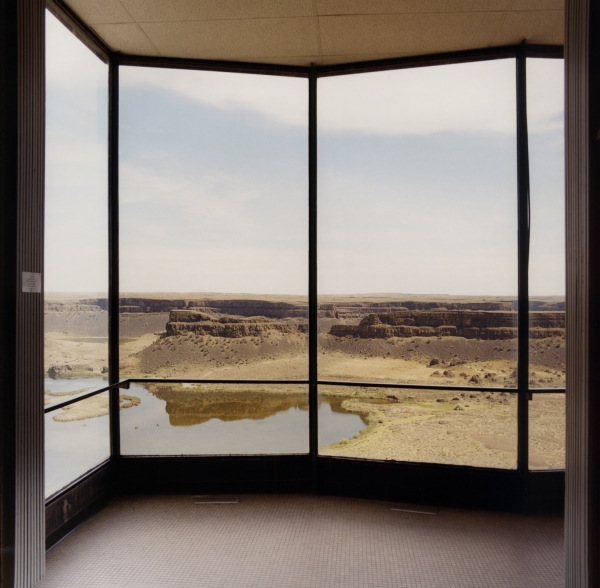
Many of the images in Off Season play with multiple frames. There’s the camera’s first, then a window plane, or TV screen, or even an abandoned wall with rectangular void, and at last the landscape. Why do you think you wanted to border your landscapes with these different frames?
I’m always trying to take pictures that honour the subject rather than fetishize technique; I describe it as making images that the viewer looks through rather than at — images that are windows, in a way, rather than objects in and of themselves. I think with many of the Off Season images I was trying to make this happen a bit more literally than I usually do, but again it’s something that at first just kind of happened, and which I only noticed after I had a few shots finished.
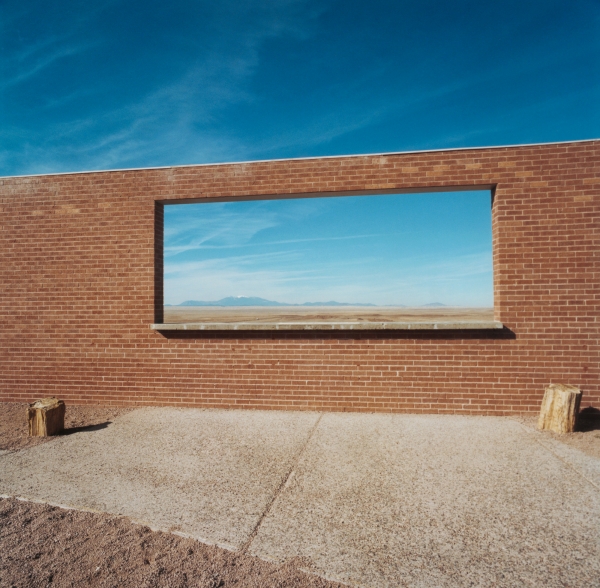
The 7th image in Off Season is one of my favorites. It’s the one with the abandoned wall. Could you explain why you wanted to photograph a mountain from this perspective?
That image was taken at Meteor Crater in Arizona, and there wasn’t really any other way to photograph that mountain! Which is what the shot is about, in a way. The crater is a privately owned site and the only way to see the surrounding landscape is by buying a ticket, and then you can’t really choose your vantage point because there are only so many windows built into the wall. We’re being told how to think by the structure we’ve paid to have access to; this mediation of perception by our built environment has become a bit of a preoccupation of mine.
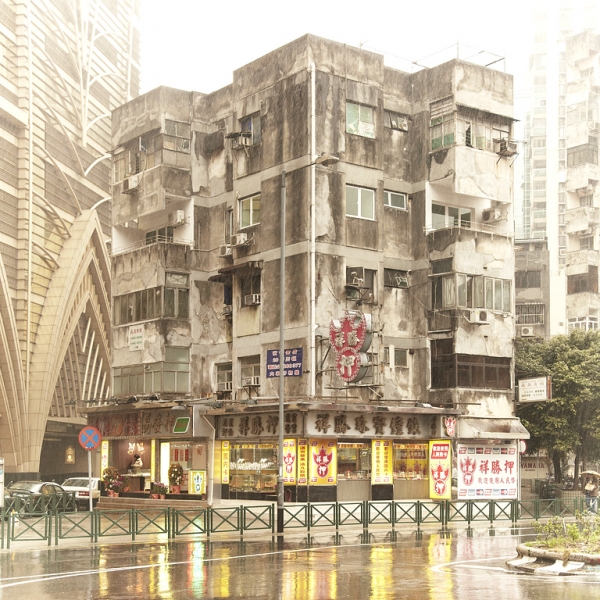
How do you approach photographing natural locations? What makes you stop and say, You know what, this would be an awesome photo?
That’s a good question. I’m not sure I have a very satisfying answer for it! It’s kind of a know-it-when-I-see-it sort of thing. I try to stay sensitive to my gut reactions to a place and find an angle or a view that somehow reflects the unease or peculiarity that I’m feeling. In fact, I’ve found Instagram to be a great way of fine- tuning these gut instincts. I use it as a sketchbook of sorts; take a look and you can see what I mean: my user name is thunder_pino.
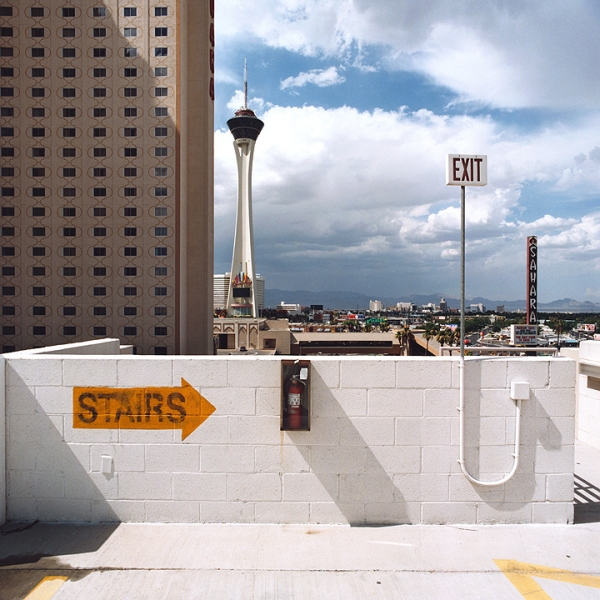
Parkades has some wonderful images of desolate parking lots. If you had to convince a pure landscape photographer to convert to cityscapes, what would you tell him/her?
The Parkades project began on a trip to Las Vegas. I loved how the arid, empty tops of the parking garages were some of the only places that actually felt like how I imagined the desert would be. Landscape isn’t just what’s in front of the camera, it’s also about how you react viscerally, with your body and your senses, and I really think you can explore those reactions photographically almost anywhere. The only caveat in my mind is that to be a landscape it has to be an exterior space, beyond that, anything goes.
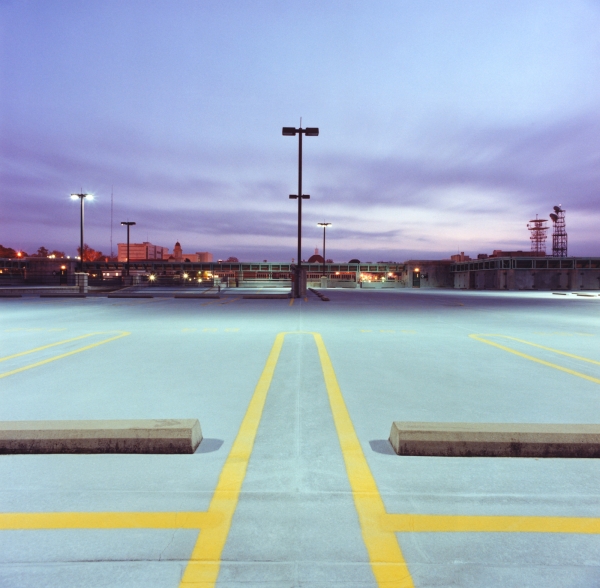
The 7th image in that set is wonderful. Was it long exposed? Could you give us a quick breakdown of how that image came about from start to finish?
That image was taken in Macon, Georgia, while on assignment for GM. I noticed that the light was approaching that terrific point where ambient brightness balances artificial sources in a spooky way, and we were across the street from a parking block, so I ran up the stairs with a camera and tripod and managed to shoot a roll before it got too dark. I got pretty lucky — I was in the pool of light from one light standard & noticed that the next one over was burnt out, and the transition from bright to dark in the middle of the frame really makes the shot. It was done with a Hassleblad and a 40mm lens, on 800ASA Fuji neg film, I forget which kind. Probably about a 2 second exposure judging by how the clouds are smearing, I remember they were moving pretty fast.
Besides your camera, what is the most important tool you have at your disposal? Your sensibility? Upbringing?
My tripod, definitely, and a heavily customized geared head modified by Guy Staughton at Film Plus in Toronto. As well as my sensibility and upbringing, of course!
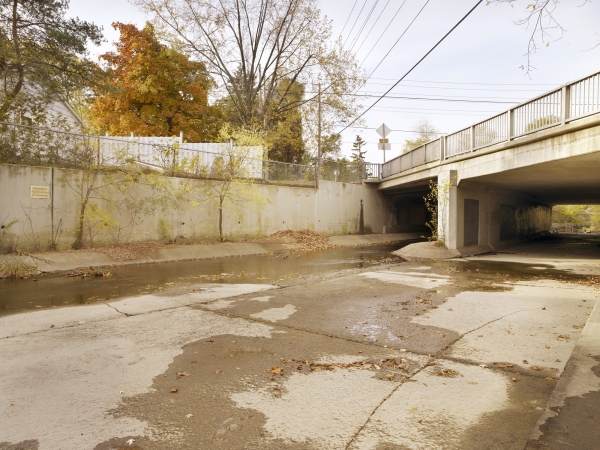
What was the most honest piece of advice you’ve ever received during your career?
Take care of your feet and your feet will take care of you! I am on my feet a lot, and I can’t agree more. Get shoes that are a half size too big so you can wear two pairs of socks almost all the time, and you’ll never get blisters again.
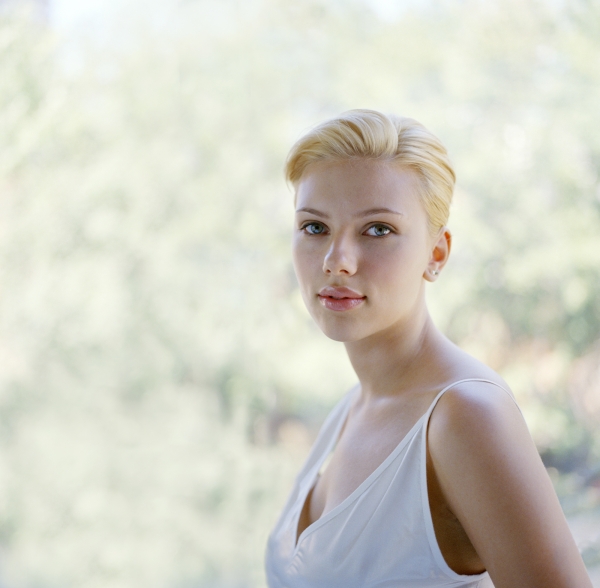
Be sure to check out all of Derek’s work on his website and Instagram.
